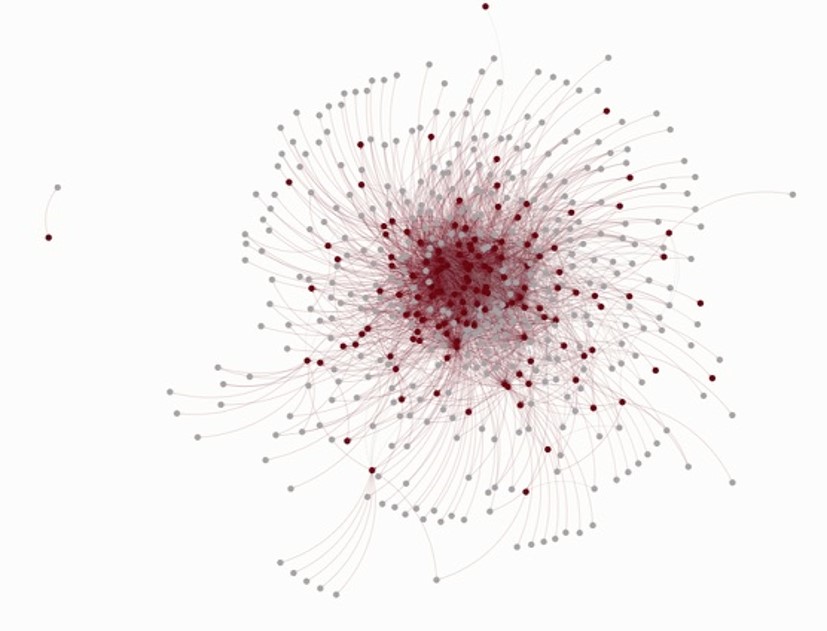Last November, Los Angeles County voters passed the nation’s largest public program for green stormwater infrastructure. It’s a tremendous win for residents and for the environment. The Safe, Clean Water Program will inject $300 million into LA County each year to capture stormwater, increase local water supply, open new public green spaces, create jobs, and improve the health of historically under-served and over-polluted communities.
This type of legislative win doesn’t happen without serious, unrelenting advocacy and organizing. And that work began in earnest a few years ago when we helped bring together community groups, environmental and clean water experts, social justice advocates, and other local leaders to figure out how we can take collective steps that improve LA’s resiliency against a changing climate and improve community wellbeing.
The Safe, Clean Water Program is a major milestone. It exemplifies how collaboration across issue areas and geographies can change how we move and share water as well as broaden who makes water decisions – two system interventions central to the Water Foundation’s new strategy. Yet, we cannot stop with its passage.
With our partners and allies, we started asking: How can we springboard this win to deepen systemic change for a more resilient and just future?
LA presents a unique challenge when it comes to organizing and advocacy. It’s huge and vastly diverse – geographically, politically, and socially. In an ecosystem of this scale, it is even harder for leaders to know what is happening beyond their space and beyond their immediate networks.
So, we decided to make it visual. With the help of system mapping expert Katy Mamen and tools like Kumu, more than 140 LA leaders submitted information on their individual and collaborative networks to help the system “see itself”—in other words, the field of leaders working at the intersection of water issues, public health and social and economic justice were enabled to step back and see how they are operating as a whole. And then we met as a group to understand where our collaborations are strong, where those connections need work, and how to weave relationships to increase the strength of the field together.
An initial look at the map revealed some powerful inferences about the “ecosystem” of leaders working on water resilience and justice in LA County:
- the system has a strong and large core with high connectivity;
- the system is primarily made up of white and Latinx members with some Asian and Pacific Islander members while Black and Indigenous members are low in number and on the periphery;
- people working in policy and conservation are better networked within their peer groups than people working in social justice, academia, and local government;
- certain geographies are under-represented, such as Southeast LA; and
- there are dozens of opportunities for individual actors in the system to build strategic new relationships that can move information and resources more effectively.

Ethnic and racial identification of Los Angeles water leaders, Kumu
The map was also recognized as a powerful tool for individual leaders within the ecosystem to identify potential allies, collaborators, and resources they may not have otherwise known about.
Armed with this shared insight, the group elevated key areas to strengthen the system and its ability to achieve policy goals, such as inclusiveness and community-led engagement; regeneration of communities and landscapes; dismantling of structural racism; and an allocation of new infrastructure investments to help all residents thrive, among others.
Network mapping exercises like this are not the end goal. They are a means to help maximize and expand community power to drive equitable, values-based policies and public institutions. Our network mapping in LA, carried out in close collaboration with leaders from across the system, helped us to understand how we might be able to come together in more aligned and strategic ways to achieve our shared goals.
So, what do we do from here? To start with, local leaders identified three core areas of work to scale their impact and build more resilient communities:
Lift up community power. Local leaders in the system want to focus on bringing in voices that are not at the decision-making table and shifting the current paradigm to one that is more inclusive. They called for “moving people of color into decision-making boards, not just testifying” as well as authentic investment in leadership development of people of color and young people. We need a “multi-generational bench of leaders.”
Build connective tissue. The group is taking aim at work on stormwater, parks, transportation, housing, displacement prevention, air pollution, clean water, education and more that is often isolated and fragmented from one another. Leaders called for building relationships and trust across these different silos as well as “creating lanes for everyone to work together.”
Reform public institutions. Over the next two decades and beyond, LA public agencies are investing billions of dollars in safe, clean water projects, parks, and transportation. The group discussed the urgent need to prevent displacement, particularly when history has shown local groups that fight and win investment in their neighborhoods are then often driven out by wealthier people. Local leaders highlighted the need for communities to be engaged in decision-making about how and where public dollars get spent. They suggested that local decision-making should be driven by “deliberative democratic processes.”
The work to build and sustain water and climate resilience is never over. It is iterative and must take a long view, even while addressing current, urgent problems. Together, leaders in Los Angeles are asking the questions and re-imagining systems towards ensuring that as we build resilience, we also build community power.
